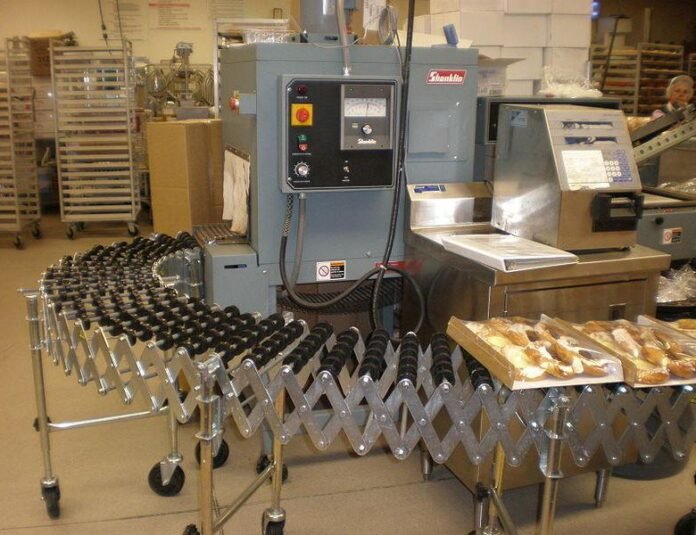Have you ever wondered how that frozen pizza or bag of chips got onto your plate? Food processing is the reason for this! Raw ingredients are transformed into the delicious sweets we adore in this intriguing trip. Let’s examine the three crucial phases that enable everything to occur.
Primary Processing: Getting Back to Basics
Imagine golden wheat on a farmer’s field, swaying in the wind. That’s where our culinary adventure starts. The goal of primary processing is to prepare those raw materials for the following stage. It’s similar to getting ready for a major culinary experience!
Here’s what goes down in primary processing:
- Cleaning: Nobody wants a mouthful of dirt with their cereal! This step gets rid of any yucky stuff.
- Sorting: Think of it as food matchmaking – pairing up ingredients that go well together.
- Grading: It’s like a report card for food, making sure everything’s up to snuff.
Some cool examples of primary processing include:
- Milling: Ever seen those big stone wheels grinding wheat? That’s how we get flour for your favorite bread and pasta.
- Cracking nuts: It’s not just squirrels who are pros at this – machines do it too, giving us tasty almonds and walnuts.
- Squeezing oils: Imagine a giant olive press, and you’ve got the idea. Hello, salad dressing!
- Butchering: This is where your steak begins its journey to the grill.
Secondary Processing: Where the Magic Happens
Okay, now things get really exciting! Secondary processing is where those basic ingredients start to look more like the food we know and love. It’s the kitchen laboratory where flavors come alive.
Check out some of the cool stuff that happens here:
- Baking: The heavenly smell of fresh bread? That’s secondary processing at work!
- Fermentation: Ever wonder how we get tangy yogurt or bubbly kombucha? Thank this funky process.
- Meat magic: This is where plain old ground beef becomes juicy burgers or spicy sausages.
- Sweet treats: Chocolate bars, gummy bears, and all your favorite candies are born here.
Chefs and food scientists can exercise their creativity in secondary processing. It all comes down to combining flavors, adjusting textures, and developing novel palates.
Tertiary Processing: Dressing Up for the Grocery Store
The final stage is all about getting that food ready for its big debut on store shelves. Tertiary processing is like a makeover for your munchies:
- Packaging: Finding the perfect outfit to keep food fresh and looking good.
- Branding: Giving products a cool name and eye-catching logo.
- Labeling: Spilling the beans on what’s inside (ingredients, nutrition facts, the works).
Some examples of foods that go through this final stage:
- TV dinners: For those nights when cooking feels like climbing Everest.
- Canned soups: Comfort food that’s ready when you are.
- Bags of chips: The ultimate movie night companion.
Tertiary processing makes sure our food is convenient, stays fresh longer, and tells us everything we need to know before we chow down.
The Unsung Heroes: Food Processing Equipment
Behind every great food product is some seriously cool machinery. These kitchen contraptions are the real MVPs of the food processing world:
- Mega mixers: Imagine your stand mixer on steroids – that’s what the pros use.
- Industrial ovens: Big enough to bake hundreds of loaves at once.
- Conveyor belts: Like a roller coaster for your food as it zooms through production.
- Packaging pros: Machines that can wrap up your snacks faster than you can say “potato chip.”
Having the right equipment is crucial for food companies to keep churning out the goodies we crave.
Wrapping It Up: From Field to Fork
That concludes the amazing journey that food travels through before reaching our plates. From the fields of our farms to the floors of our factories and, eventually, to our freezers, every stage of the production process is necessary to create the meals we consume.
When you’re snacking on your favorite snack or heating up a quick frozen dinner, take a moment to appreciate the intricate process that goes into it. Who knew how much goes into that bag of chips?
Understanding food processing enables us to make better food choices and gives us a fresh appreciation for the effort required to keep our pantry filled. So, who’s hungry?
